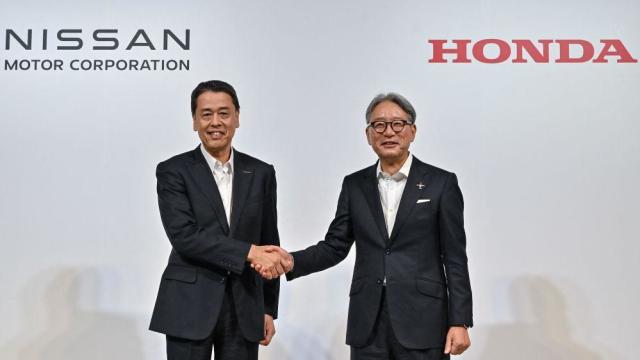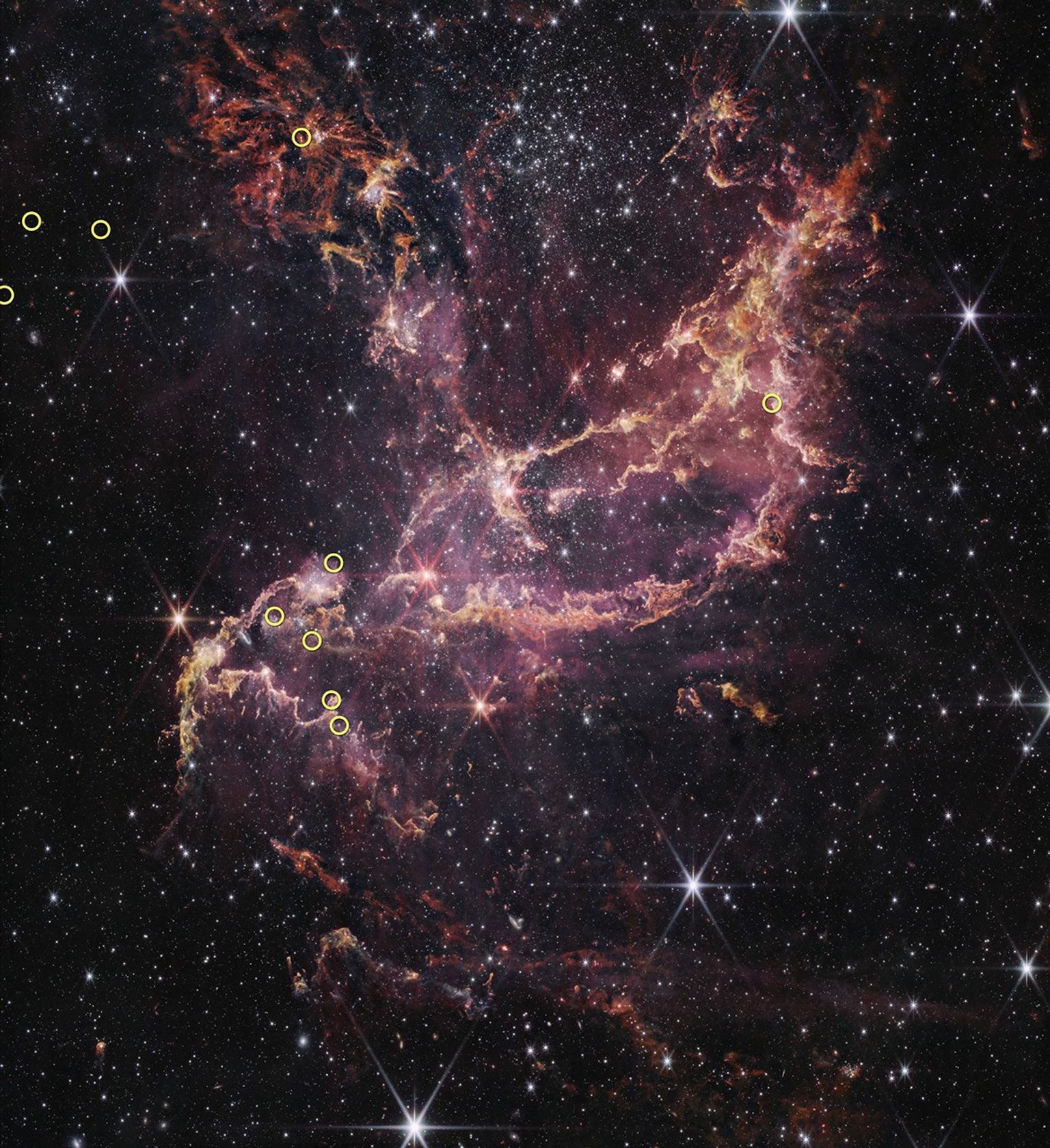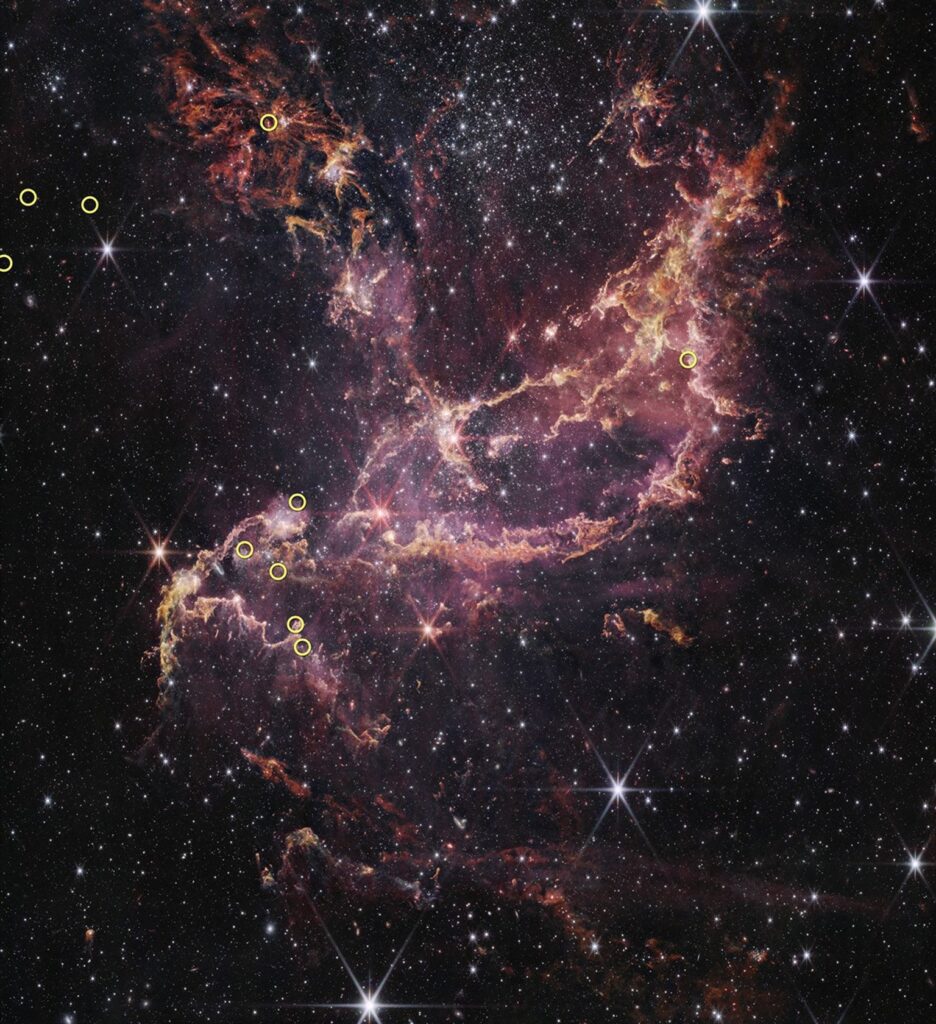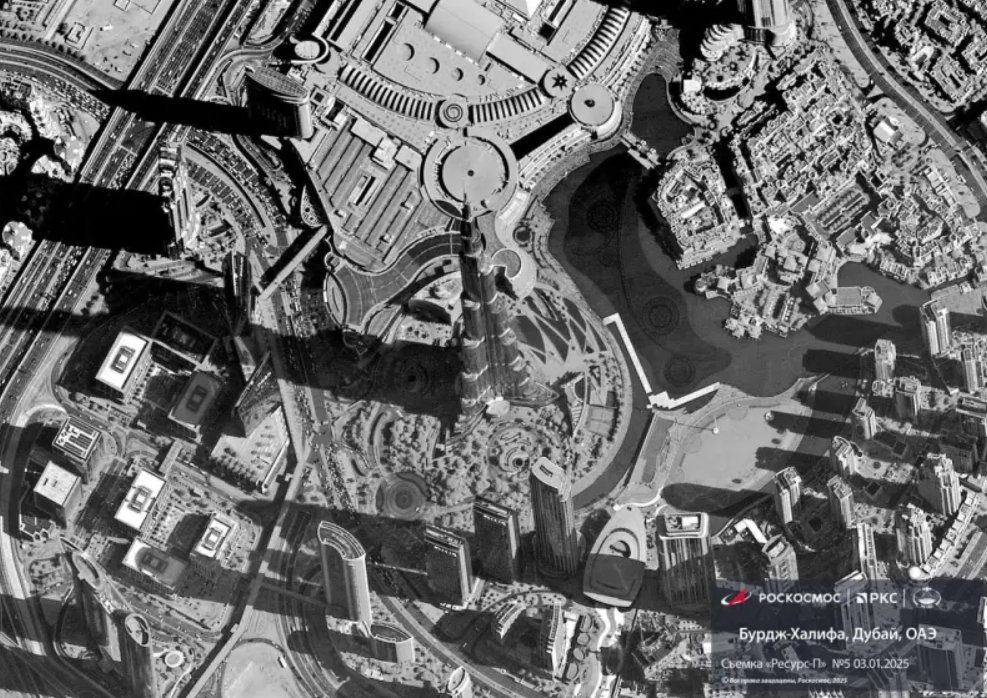Honda And Nissan Hold Merger Talks
Honda and Nissan Hold Merger Talks to Compete in the EV Market. Honda and Nissan, two of Japan’s largest automobile manufacturers, are reportedly in early discussions about a potential merger aimed at strengthening their positions in the competitive electric vehicle (EV) market.
Honda And Nissan Hold Merger Talks
These exploratory talks are part of a broader effort to address challenges posed by the rapid shift from traditional petrol and diesel vehicles to electric alternatives, particularly in China, where EV production is booming.

Strategic Partnership Discussions
In March 2024, Honda and Nissan announced a strategic partnership to collaborate on EV development. Both companies issued identical statements to the media, confirming their exploration of “various possibilities for future collaboration, leveraging each other’s strengths.” While neither company has denied the merger talks first reported by Japanese business newspaper Nikkei, they emphasized that “this is not something that has been announced by either company.”
Discussions remain in the preliminary stages, with no guarantee that a formal agreement will be reached. Both firms have stated, “If there are any updates, we will inform our stakeholders at the appropriate time.”
Industry Dynamics and Challenges
The automobile industry is undergoing a seismic shift as manufacturers pivot from internal combustion engines to electric powertrains. This transition has led to intensified competition, particularly from Chinese EV makers such as BYD, which surpassed Tesla in quarterly revenues for the first time in October 2024.
Honda and Nissan, despite their combined global sales of 7.4 million vehicles in 2023, have been losing market share in China, where EV sales accounted for nearly 70% of the global total in November. The rising dominance of affordable Chinese EV brands has compounded challenges for these Japanese automakers.
Potential Implications of a Merger
A merger between Honda and Nissan, Japan’s second and third-largest car manufacturers, could create a stronger competitive entity but comes with significant complexities.
Political and Economic Considerations
Any merger is likely to face intense political scrutiny in Japan due to potential job losses. Additionally, Nissan’s long-standing alliance with French automaker Renault may need to be restructured or unwound, adding another layer of complexity.
Collaboration with Mitsubishi Motors
The two companies have also strengthened ties with Mitsubishi Motors, announcing a partnership in August 2024 to collaborate on EV batteries and other technologies. Mitsubishi, in which Nissan holds a significant stake, could potentially be integrated into a broader partnership framework. This development underscores the strategic intent to pool resources and expertise to counter competitive pressures.
Market Reaction
The market’s response to the merger speculation has been mixed. Nissan shares surged over 23% in Tokyo trading, while Mitsubishi shares jumped nearly 20%. In contrast, Honda’s shares fell approximately 3%, reflecting investor uncertainty about the potential deal’s impact on the company’s future.
Industry Expert Opinions
Analysts have expressed skepticism about whether a merger alone could address the underlying challenges faced by both companies. Jesper Koll of Monex Group remarked, “Is this really just rearranging the deck chairs on the Titanic in the sense that neither Honda nor Nissan really have any products or technologies that global consumers want? From that perspective, it’s a nice rescue but not creating a new national champion.”
Jessica Caldwell, an analyst at Edmunds, highlighted the increasing difficulty for smaller players to survive and thrive amid growing competition. She noted, “It’s necessary not only to survive but also to afford the future.”
The Road Ahead
As the automotive industry continues its rapid evolution, Honda and Nissan face mounting pressure to innovate and adapt. Whether through a merger or strategic partnerships, the companies must navigate significant challenges to remain relevant in the global market. An official confirmation of their merger talks is expected as early as next week, according to reports from Japanese TV channel TBS.
For now, the potential merger represents both an opportunity and a test for two of Japan’s automotive giants as they seek to secure their positions in an increasingly competitive and electrified future.
see more:
Top Gun’ star Tom Cruise becomes a military hero in real life
















